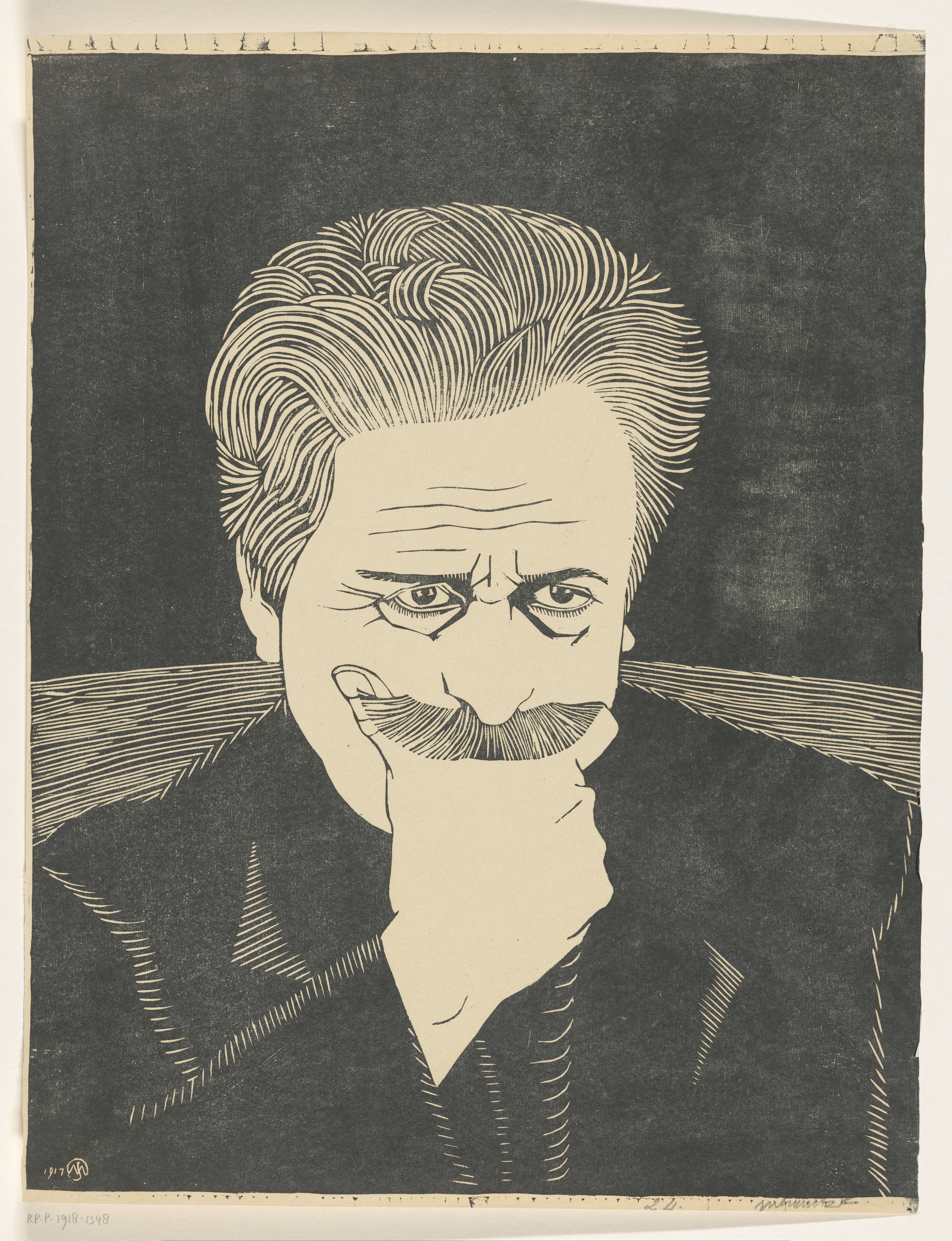Looted Legacies: Jewish Cultural Property and Restitution in the Netherlands

The exhibition Looted, personal stories about the looting and restitution of Jewish cultural property (31 May-27 October 2024) reveals the emotional impact of the theft of personal property under the Nazi regime.
It features eight personal stories of survivors and heirs of murdered Jews and the struggle they were forced to wage to reclaim their property and indeed their dignity after the war. Looted appears at two locations: at the recently opened National Holocaust Museum and the Jewish Museum. Looted: Personal stories about the looting and restitution of Jewish cultural property is a Jewish Cultural Quarter and Rijksmuseum collaboration.
Objects, art, photos, personal documents, film and audio extracts and interviews with descendants bring eight stories to life. Five stories about the restitution of art feature at the National Holocaust Museum (Fritz Mannheimer, Dési Goudstikker, the Heppner-Krämer family, Samuel Jessurun de Mesquita and Margarete Stern-Lippmann), while the Jewish Museum shows three personal stories involving the restitution of Hebrew books and Jewish ceremonial objects (Louis Hirschel, Louis Lamm and Leo Isaac Lessmann).
Successful antiquarian book dealer Louis Lamm (1871-1943) fled from Berlin to Amsterdam in 1933. In 1941, the Nazi Sicherheitsdienst closed his business, and he himself was deported and murdered in late 1943. That same year, the Nazis seized his antiquarian collection. Today, a few items that belonged to Lamm are in Israel, but where most of the collection remains is unknown. Leo Isaac Lessmann (1891-1971) had stored a thousand Jewish ceremonial objects in crates at Lamm’s house: he had entrusted his collection to Louis Lamm as the situation in Germany deteriorated. Lessmann himself fled to Palestine in 1939. All these objects were lost without trace in the war. In 1966, West Germany awarded him a paltry financial compensation for the loss of his property. He never resumed collecting.
In the 1930s, Fritz Mannheimer (1890-1939) assembled an international collection of applied art of the highest quality. He acquired many of his best pieces in the latter half of the decade from Jewish collectors in Germany who were compelled by Nazi persecution to sell their treasured items. Those who decided to leave Germany between 1933 and 1939, were required to pay a huge emigration tax. At the same time, Mannheimer was intensely moved by their plight and set up emergency funds to help German Jews. Part of his collection was shipped to Germany during the war, earmarked for the Führer museum that remained unbuilt. After the war, 1,800 objects came to the Rijksmuseum, where they form some of the finest items in the applied art collection.
The show also tells the story of Dési Goudstikker-Halban (1912-1996). Her husband, art dealer Jacques Goudstikker, died in 1940 on their escape to England. After the war, she struggled for many years to recover his art collection from the Dutch state. Goudstikker’s flourishing art business had been stripped bare by the Nazis during the war. Dési Goudstikker found herself face-to-face with an uncompromising Dutch government and the stubborn bureaucratic officialdom of the organisations that lay in her path. Having pursued her case for many years, the exhausted heiress eventually agreed to settle.
In 2012, five Rijksmuseum researchers began investigating the provenance of collection items acquired after 1933. This exhibition has come about in part a result of their research. Many of the art objects in the show are from the Rijksmuseum collection, alongside several items on loan from the United States. Looted has given the Jewish Cultural Quarter an opportunity to undertake new research into the plunder of Judaica, the results of which are presented in the narratives told in the Jewish Museum. Many of these objects are from Israel.
Main Image :Selfportrait, Samuel Jessurun de Mesquita, 1917. Collection Rijksmuseum
